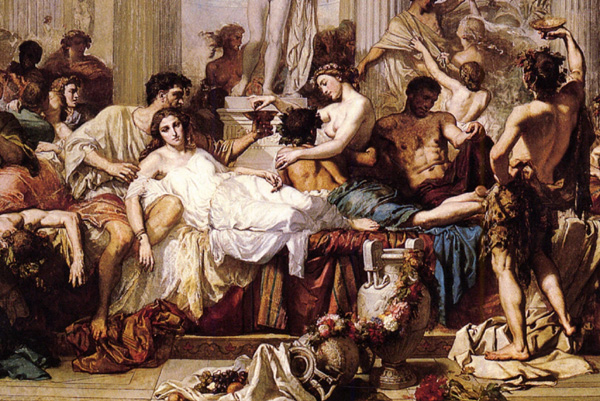"A University of Maryland Classics professor has suggested Roman ways of expressing your affection for that special someone.
Ancient Romans knew all about love, and weren't afraid to talk about it. So, professor Judith Hallett has offered a research on ancient Roman 'love talk'.
The study focuses on the writing of Plautus , a 2nd century BCE playwright.
In his work Phoenicium, Plautus looks at the different ways in which two men of very different social classes assess the erotically-charged words of one specific woman.
"Plautus, in his characteristically funny way, illustrates that social class, that of the critic and that of the writer, plays a major role in how Roman women's writings, and in this case erotic Latin writings, were judged by men," said Hallett.
But in my online research for more information about Hallett's work I did find a website by Associate Professor Ann R. Raia, The College of New Rochelle that included excellent supporting material about the roles and lives of women in ancient Rome. The first page I encountered listed all of the plays in which Plautus used women for comedic stereotypes:
Philaenium: Plautus, Asinaria
Bacchis, Plautus, Bacchides
Gymnasium: Plautus, Cistellaria
Acropolis: Plautus, Epidicus
Erotium: Plautus, Menaechmi
Philocomasium, Acroteleutium: Plautus, Miles Gloriosus
Pasicompsa: Plautus, Mercator
Philematium and Scapha: Plautus, Mostellaria
Lemniselenis: Plautus, Persa
Phoenicium: Plautus, Pseudolus
Phronesium: Plautus, Truculentus
Further exploration led me to a website that was a companion to her text "The Worlds of Roman Women. It included lists of both classic and modern references, images, and commentary. Well worth exploring! She is also a contributor to the excellent website Vroma and the Juvenal Project.
